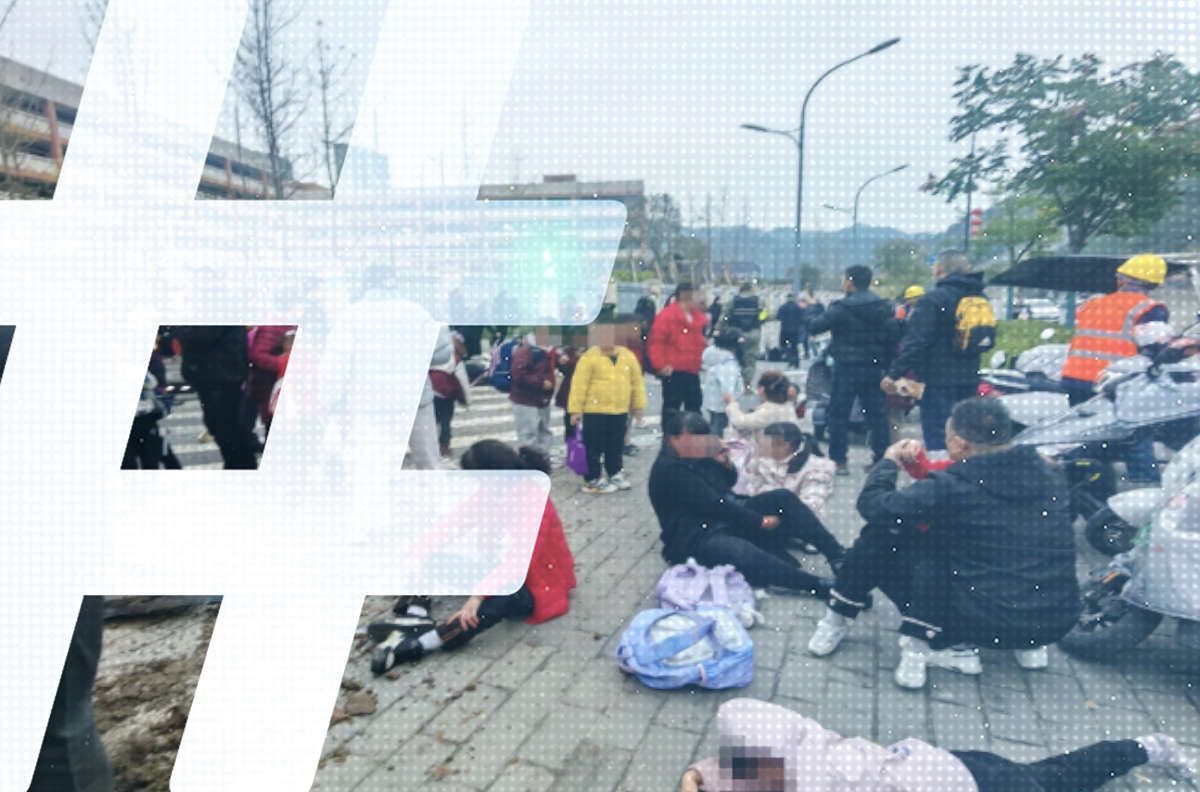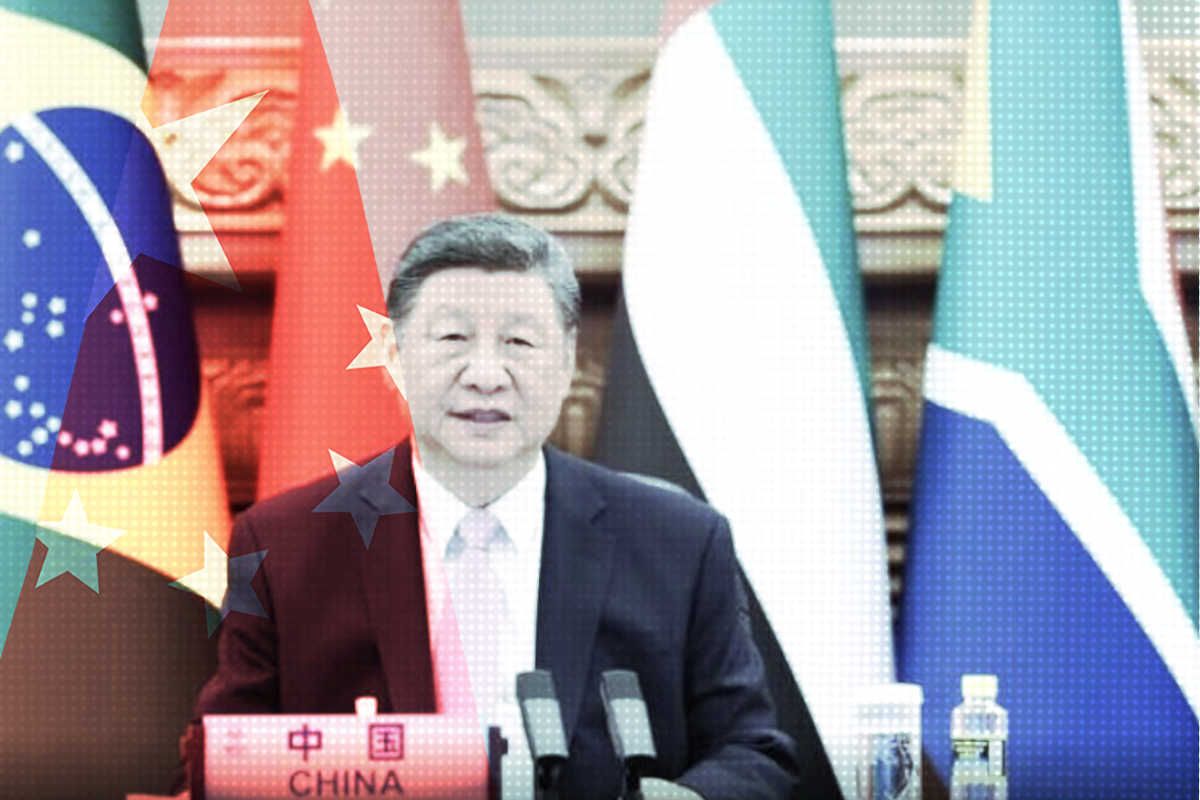Headlines and Hashtags
Blog "newspaper" stabs at the question of earthquake prediction
By David Bandurski — Muzzled by propaganda orders in the aftermath of the May 12 Sichuan earthquake — which claimed more than 80,000 lives according to the government’s latest figures — China’s media steered clear of thornier questions about government responsibility and shoddy school construction. But yesterday, as Premier Wen Jiabao returned to the epicenter of the Sichuan quake with words of reassurance, veteran journalist and former CMP fellow Zhai Minglei (翟明磊) broached one of the most sensitive questions through his one-man online “newspaper” Yi Bao.
Can earthquakes be predicted?
The article published yesterday at Yi Bao was written this summer by CMP Director Qian Gang, the author of The Great Tangshan Earthquake. Qian also worked formerly as a journalist at the China Earthquake Administration, where he was chief editor of China Disaster Prevention.
Zhai Minglei explains that in view of the article’s sensitivity it could not be published through mainstream media. His introduction to the piece follows a bold red headline that reads: “Yi Bao Breaks Through Press Restrictions: Exclusive Report.”
The introduction brims with the language of professional obligation. “Blood cannot be shed in vain. We must ask questions. This is where the dignity of our profession lies,” he writes.
The following is a portion of the brief editor’s note that precedes Qian Gang’s article:
Yi Bao Editors Note:
What is printed here is the most important article in the history of Yi Bao to date. In the aftermath of the Wenchuan earthquake, official and other media began hotly hammering home the point that earthquakes cannot be predicted . . . Officials at various levels as well as experts stepped out to say that earthquakes cannot be predicted and that there were no predictions. The Central Publicity Department defined school construction and earthquake prediction as two major areas of reporting that could not be touched. In my view, these two bans are an assault on the vitality of the people and show scorn for their intelligence.
If a people cannot face up to reality and learn from their life experiences, how can they stand in the world?
Zhai Minglei goes on to write that while the ban on coverage of shoddy school construction was to a definite degree broken by mainland media, the question of earthquake prediction was effectively covered up.
The deeper Qian Gang delved into this question, Zhai writes, the more he realized his findings would be difficult to report through mainstream Chinese media.
“Therefore, he entrusted Yi Bao to publish the article on the mainland,” Zhai writes. “Of course, we have already anticipated the risks.”
No stranger to risks, Zhai is certainly taking a calculated one here, and this should be an interesting test of the possibilities of citizen media in China.
A brief portion of Qian Gang’s article follows:
“It is Impossible to Predict a Major Earthquake? No!”
By Qian Gang
The Wenchuan earthquake [on May 12 this year] shook the entire world. This utter destruction coming without warning caused the public to wonder: why couldn’t the Wenchuan earthquake have been forecasted? And why weren’t precautions taken beforehand?
News reports on the Wenchuan earthquake and the degree of information openness was increased [over the past]. But efforts by the media to ask tough questions and reflect back [on the disaster] were choked back, and questions like earthquake prediction were impossible to talk about freely. The public could only watch as language like “earthquake prediction is a tough question worldwide” (or even, “earthquakes cannot be predicted”) became dominant, and they lacked adequate information and the knowledge necessary to work through their doubts and resentment.
And what is the truth?
Today’s talk begins with these two pictures. Can everyone see them clearly? They are maps of the epicenter of the Wenchuan earthquake. Had they been released after the May earthquake in Wenchuan, this would not at all have been strange. But these are maps from 16 years ago, printed in Wenchuan County Journal (汶川县志).
This is an edition of Wenchuan County Journal published in 1992. It already tells us that this area of Wenchuan is vulnerable to earthquake activity, that a fault zone crosses the county and that the geology of the area is very complex.
Wenchuan is still the name of a fault zone. This book is Earthquakes in China, a seminal work in earthquake study by China’s senior seismologist Li Shanbang (李善邦). In this book his mentions the Tianshui-Wenchuan Fault Zone (天水汶川地震带).
And this book, 100 Major 20th Century Disasters in China, is one I edited together with Mr. Geng Qingguo (耿庆国). The book talks about how in 1976 two earthquakes of above magnitude 7 occured at Songpan (松潘) and Pingwu (平武) in Sichuan. Songpan and Pingwu are in the same region as the Wenchuan quake, with Songpan in the Aba (阿坝) region and Pingwu in Mianyang City (绵阳市). This book actually goes so far as to mention that in 1976, before the earthquakes in Songpan and Pingwu, earthquake forecasting workers pinpointed a major quake in the Mt. Longmen area [at the northwest boundary of the Sichuan Basin]. When they determined the earthquake epicenter at the time, one worker sketched a circle on the map and said, “This place is very possibly the epicenter.” That area was Yingxiu (映秀), the epicenter of this year’s Wenchuan earthquake. One cannot help but feel pained by this history and reality. So many years ago, this place, Yingxiu, was determined by our own scientific experts to be the epicenter of a major earthquake.
After the Wenchuan quake struck the public had many questions. Why had this earthquake not been predicted? Why weren’t precautions taken? The following image is of the offices of the earthquake analysis and forecasting division of the Sichuan Provincial Earthquake Administration. So many mysteries are just waiting to see the light of day at those offices . . .
[Posted by David Bandurski, September 3, 2008, 4pm HK]




















